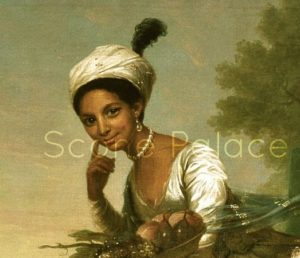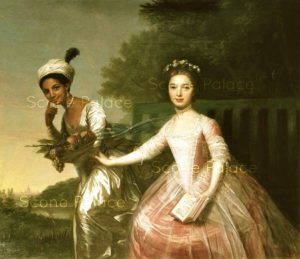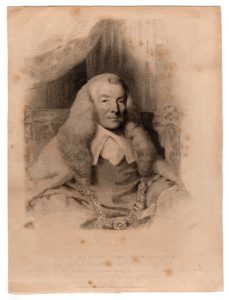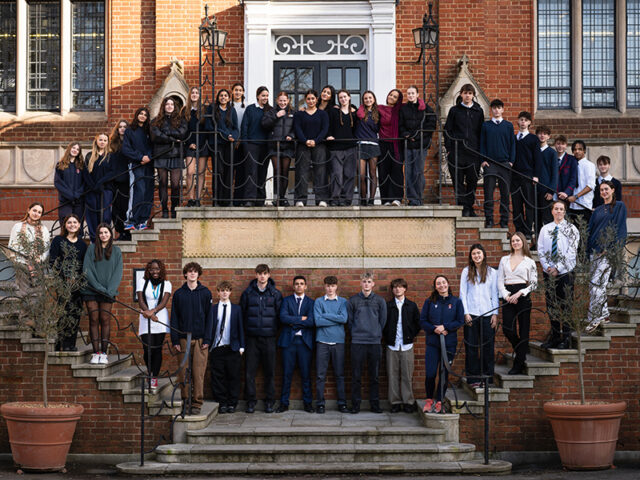October marks Black History Month, the annual celebration of the history, achievements and contributions of black people in the UK. The event began us thinking about references in Highgate’s archives, the earliest dating from the 18th century.
Living at Kenwood House was William Murray, 1st Earl of Mansfield, who was Lord Chief Justice from 1756 to 1788, the most powerful judge in England. In 1762, he became a Governor of Highgate School, a position he held until his death in 1791.
Dido Belle, great niece of Lord Mansfield

©Reproduced with kind permission of the Earl of Mansfield, Scone Palace, Perth, Scotland.
Inspired by his great niece, Dido Belle (pictured), Lord Mansfield took significant steps towards the abolition of slavery at a time when the transatlantic slave trade was at its height and Britain’s economic prosperity relied on slave labour in the Caribbean and in Britain’s American colonies.
Dido was born into slavery in 1761. Her mother, Maria Belle, was an African slave in the British West Indies and her father, Sir John Lindsay, was a British naval officer who was stationed there. In 1765, Lindsay returned to England, taking Dido with him, and entrusted her upbringing to his uncle, Lord Mansfield. The Murrays educated Dido, bringing her up as a free gentlewoman, together with another great niece, Lady Elizabeth Murray. Scottish artist David Martin captured the two cousins in the grounds of Kenwood in a portrait which hangs in the Ambassador’s Room at Scone Palace.

©Reproduced with kind permission of the Earl of Mansfield, Scone Palace, Perth, Scotland.
Lord Mansfield presided over a number of cases which examined the legality of the slave trade, the most notable being the case of James Somersett (1772) when he ruled that slavery had no precedent in English common law. In summing up he described slavery as ‘odious’. This moment is seen as the beginning of the end of slavery in Britain.
In his will of 1782, Lord Mansfield (pictured), aware of his niece’s unstable position, made sure he protected her rights, clearly stating that Dido was a free woman. He also provided for her financially leaving her a lump sum and annuity. Later that year she married John Davinier, a steward, and had three sons. She lived in Hanover Square until her death in 1804, just three years before the Abolition of the Transatlantic Slave Trade (1807).
Lord Mansfield was instrumental in the abolition of slavery in Britain






